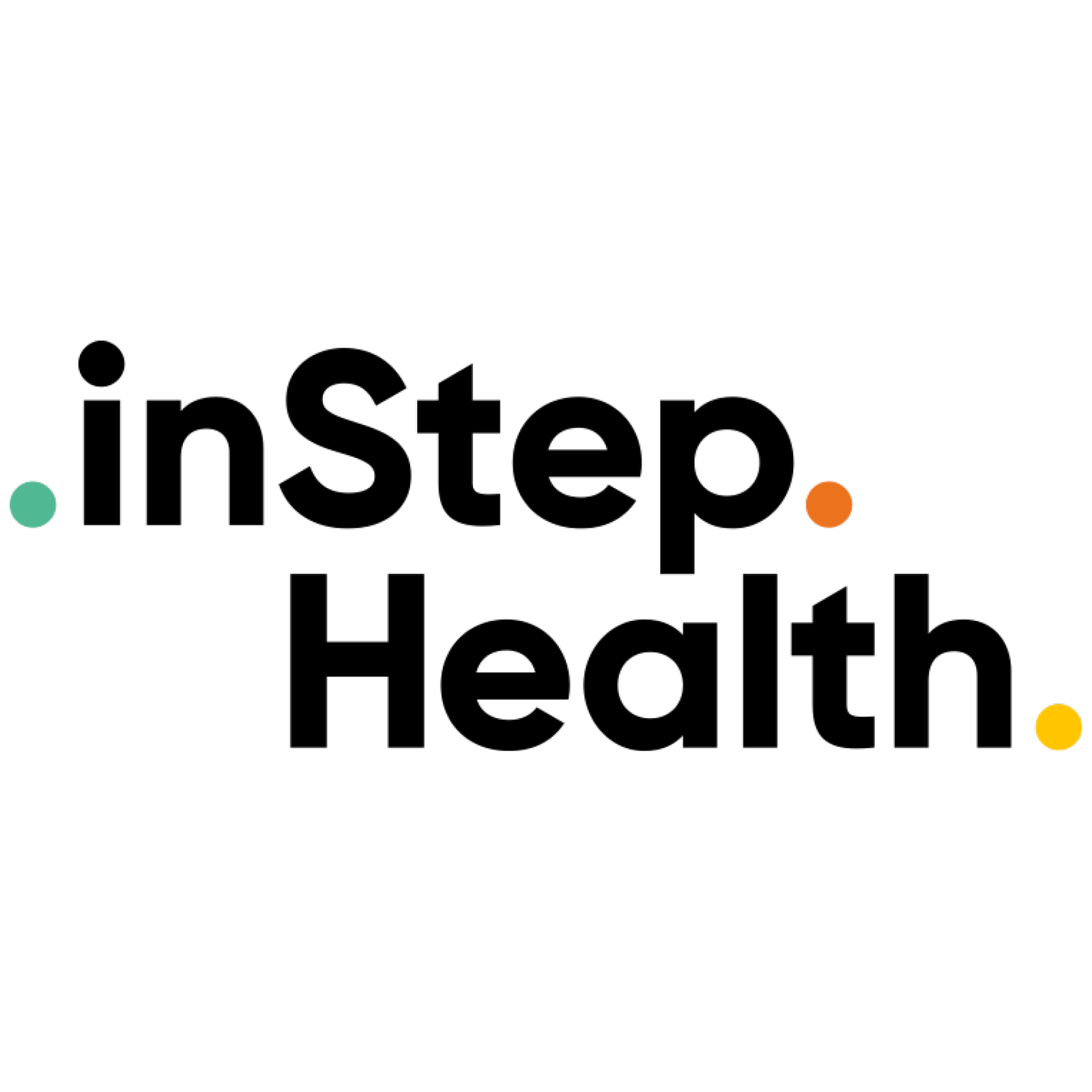The Field of Dreams: How to Maximise Your Content Investments
Build it and they will come? Not quite...

“If you build it, he will come…” – these are the prophetic words Kevin Costner hears in an Iowa cornfield in the classic film Field of Dreams. Though widely misremembered, this iconic phrase seems to have taken root in many marketers’ minds as a guiding principle for digital platforms, websites, congress stands, and symposia. That belief persists to this day: if we create something exceptional, customers will automatically flock to it and immerse themselves in the amazing content we’ve crafted, unfortunately we have learnt from bitter experience that the reality does not match this expectation..
The Myth of “Build It, and They Will Come”
In Field of Dreams, Kevin Costner’s Ray Kinsella resolutely follows an anonymous whisper, just as many marketers have trusted the notion that customers will naturally engage with their platforms if only the platforms are built well enough, and there is enough content available. Unfortunately, the reality is far less forgiving.
Customers do not gravitate toward websites, apps, or digital experiences purely because they exist – even if significant resources have been invested in creating stellar content. To succeed, we must shift our focus: instead of funnelling all our budgets into additional content and functionality, we need to ensure there is significant focus towards increasing our audience’s awareness of the content and driving traffic to our platforms. The goal is to maximise the reach, depth, and impact of your investment, not merely refine a single component of your strategy.
Facing the Reality: They Won’t Come on Their Own
Here’s the elephant in the room: customers aren’t clamouring to visit the websites, digital platforms, physical experiences, or apps we create, no matter how much time or money we spend on them. To attract and retain attention, we must actively encourage and persuade audiences to engage. And when they do visit, we must ensure our offerings are relevant, informative, and valuable; addressing their challenges and adding meaning to their professional lives, and ultimately improving their experiences on the platform.
Layer in the competition from peers and the broader noise of digital and physical activities vying for attention, and it becomes clear why traffic and engagement figures often fall short. But this doesn’t spell defeat – small strategic shifts can make a big difference.
Strategic Adjustments to Drive Engagement
As with any marketing or communications strategy, there are countless levers to pull. Tailoring these tactics to your goals, budget, time, and resources is key. Below are a few crucial considerations:
1. Do You Even Need to Build It?
Learn from the experiences of others: most new digital platforms struggle to attract significant numbers of users, let alone encourage repeat visits. Acquiring new users is one of the most expensive endeavours in omnichannel marketing. Consider leveraging pre-existing platforms that already have an audience. For example, therapy-specific platforms like medEconnect, Doctors.net, or SERMO not only provide infrastructure and pre-existing user lists but also offer guidance and marketing channels to amplify your activity. This approach allows you to focus on content rather than reinventing the wheel.
2. Do They Know It Exists?
Even the most ground-breaking information won’t gain traction if no one knows about it. Begin by clearly identifying your audience, understanding their preferences, and crafting a communication strategy to raise awareness and direct traffic to your platform. Use multiple channels – word of mouth, salesforces, MSL teams, in-person events, congress stands, and symposia. To achieve the widest reach, however, harness the power of healthcare professional (HCP) media. These media channels, employed by both medical and commercial teams, can help spread awareness and drive traffic and engagement at scale.
3. Are You Consistent?
Consistency is critical to building awareness and fostering interaction with your content. One-off campaigns or sporadic efforts won’t suffice. Develop a calendar of activities designed to entice, educate, and direct your audience consistently. Audiences need to know where to find the latest updates. Frequent changes in where, how, and when you release content will often lead to missed opportunities.
4. Is Your Content Relevant, Useful, and Fresh?
In today’s time-poor, distraction-heavy world, attention is a precious resource. Audiences must prioritize where they spend their time. If your content feels repetitive or unoriginal, they’re unlikely to return, forcing you to restart the costly acquisition cycle. Make your content timely, insightful, and truly valuable to their professional lives.
Conclusion: If You Build It, Will They Come?
Gone are the days when “build it, and they will come” applied to omnichannel engagement. Success now demands a more strategic, mindful, and consistent approach to how we acquire, engage, and connect with audiences. By understanding their needs and preferences, offering solutions, and making content discoverable and relevant, we can build platforms and experiences that not only attract but retain their attention.
So yes, if you build it, they might come. But if you guide them there, deliver value, and foster consistency, far more will come—and stay.
Richard Rowe is an award-winning Healthcare Communications leader with extensive experience in marketing & medical communications through a variety of roles as a senior leader in a large network agency and senior marketing & leadership positions in several multi-national healthcare companies.



























